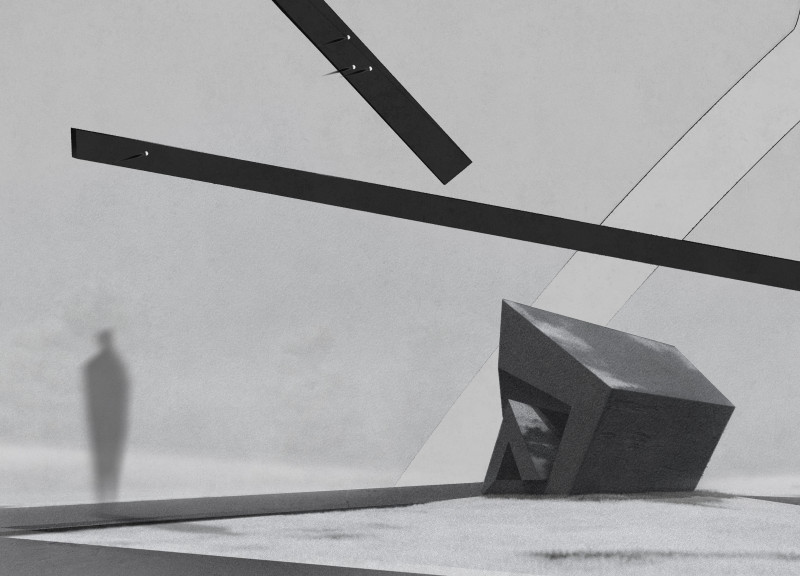5 key facts about this project
The "Last Genocide Memorial: Resisting Involution" is a reflective space designed to honor the impacts of genocide. Set in a location rich with historical significance, the memorial aims to create an environment for mourning and remembrance. The main idea behind the design is to explore themes of grief and resilience, guiding visitors to connect with the stories of those who have suffered.
Spatial Organization
The memorial features a series of panels that are thoughtfully positioned to create a conversation between absence and presence. This arrangement invites visitors to engage deeply with the experiences of loss and survival. The phrase "To the deprived of possibility to mourn" serves as a central theme, emphasizing the necessity to recognize the pain of victims and their families.
Fragmentation and Experience
Fragmentation plays an essential role in the design. It reflects the fragmented nature of the experiences faced by victims of genocide. This design choice highlights the weight of historical events while prompting visitors to grapple with these narratives. As people move through the memorial, they embark on a journey that reflects the complexities of grief and the importance of collective memory.
Atmospheric Design
The quality of the space enhances the reflective experience. Light and shadow interact within the memorial, creating various moods that encourage personal contemplation. This aspect allows for a deeper emotional connection to the themes addressed. The overall design becomes an environment where visitors can engage thoughtfully with the narratives of loss.
The enduring architectural forms of the memorial ensure that the weight of its subject matter is felt. The design acts as a reminder of the collective need for acknowledgment and resilience in facing historical injustices.






















































